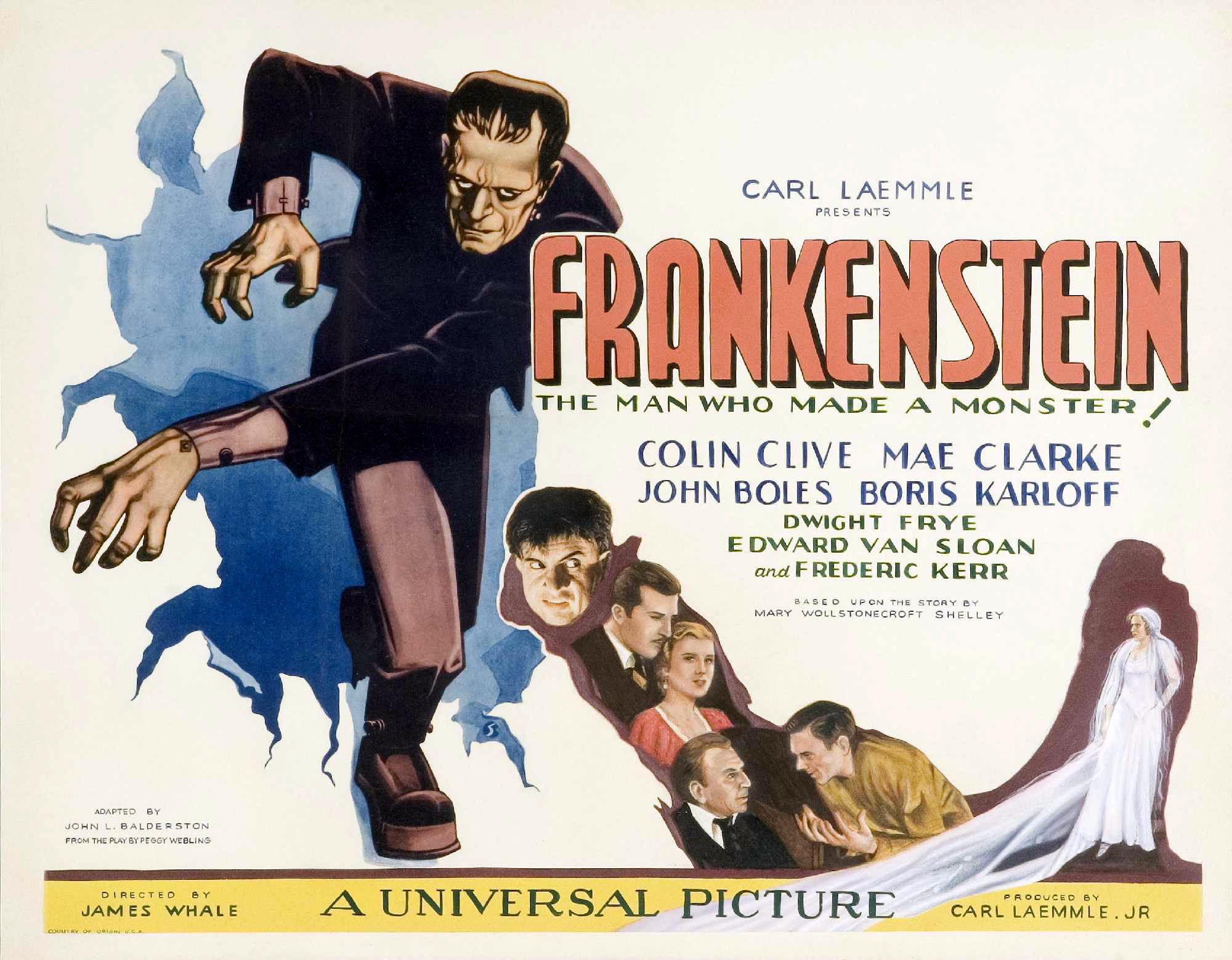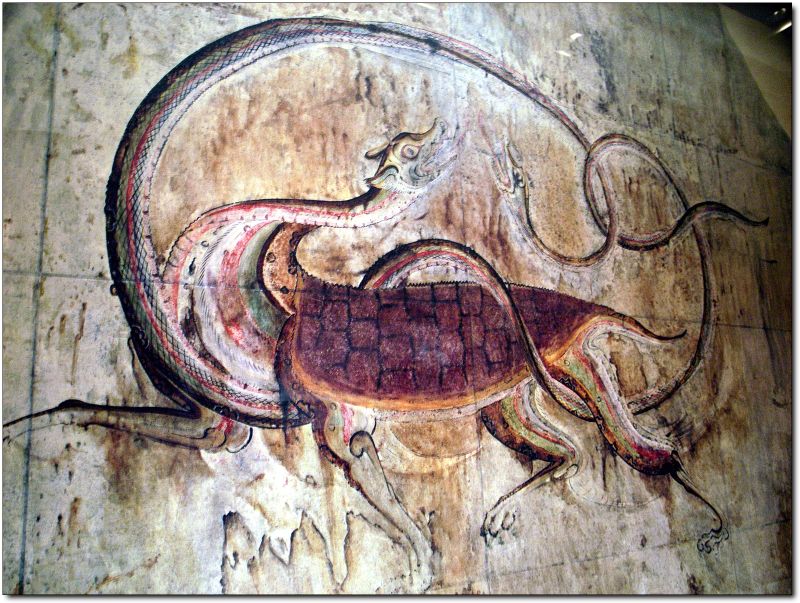|
Creature Features
''Creature Features'' is a generic title for a genre of horror TV format shows broadcast on local American television stations throughout the 1960s, 1970s, and 1980s. The movies broadcast on these shows were generally classic and cult horror movies of the 1930s to 1950s, the horror and science-fiction films of the 1950s, British horror films of the 1960s, and the Japanese kaiju "giant monster" movies of the 1950s to 1970s. Screen Gems In October 1957, Screen Gems released a bundle of old Universal horror movies to syndicated television, naming the collection "Shock!". They encouraged the use of hosts for the broadcasts. This is why many of the early programs were called "''Shock Theater''". Viewers loved the package, as well as the concept, and ratings soared. A "Son of Shock!" package was released in 1958. ''Creature Features'' was another film package that was released in the early 1960s and added to in the 1970s. The films in this package ranged from horror and science- ... [...More Info...] [...Related Items...] OR: [Wikipedia] [Google] [Baidu] |
Chiller Theatre (other)
{{set index ...
''Chiller Theatre'' may refer to: * ''Chiller Theatre'' (1961 TV series), a US television show airing 1961–1982 and later * ''Chiller Theatre'' (1963 TV series), a US television show airing 1963–1983 * ''Chiller Theatre'' (1974 TV series), a US television show airing 1974–1978 * ''Chiller Theatre'' (1984 TV series), a US television show airing 1984–2009 See also * ''Chiller Thriller'' * Horror host A horror host is a person who acts as the host or presenter of a program where horror films and low-budget B movies are shown on television or the Internet. Usually the host assumes a horror-themed persona, often a campy or humorous one. General ... [...More Info...] [...Related Items...] OR: [Wikipedia] [Google] [Baidu] |
Frankenstein (1931 Film)
''Frankenstein'' is a 1931 American pre-Code science fiction horror film directed by James Whale, produced by Carl Laemmle Jr., and adapted from a 1927 play by Peggy Webling, which in turn was based on Mary Shelley's 1818 novel '' Frankenstein; or, The Modern Prometheus''. The Webling play was adapted by John L. Balderston and the screenplay written by Francis Edward Faragoh and Garrett Fort, with uncredited contributions from Robert Florey and John Russell. ''Frankenstein'' stars Colin Clive as Henry Frankenstein, an obsessed scientist who digs up corpses with his assistant in order to assemble a living being from body parts. The resulting creature, often known as Frankenstein's monster, is portrayed by Boris Karloff. The make-up for the monster was provided by Jack Pierce. Alongside Clive and Karloff, the film's cast also includes Mae Clarke, John Boles, Dwight Frye, and Edward Van Sloan. Produced and distributed by Universal Pictures, the film was a commercial ... [...More Info...] [...Related Items...] OR: [Wikipedia] [Google] [Baidu] |
Gamera
is a fictional monster, or ''kaiju'', originating from a series of Japanese films. Debuting in the 1965 film ''Gamera, the Giant Monster'', the character and the first film were intended to compete with the success of Toho's Godzilla (franchise), ''Godzilla'' film series. Since then, Gamera has become a Japanese icon in his own right, appearing in a total of 12 films produced by Daiei Film and later Kadokawa Daiei Studio, and various media. Gamera is depicted as a giant, fire-breathing monster, fire-breathing, prehistoric turtle monster, mutated by exposure to nuclear weapons. In the first film, Gamera is portrayed as aggressive and destructive, though he also saves a child. As the films progressed, Gamera took on a more benevolent role, becoming a protector of humanity, and especially children, from Extraterrestrials in fiction, extraterrestrial races and other giant monsters. To date, ''Gamera, the Giant Monster'' is the only film to be released theatrically in the United St ... [...More Info...] [...Related Items...] OR: [Wikipedia] [Google] [Baidu] |
Godzilla
is a fictional monster, or '' kaiju'', originating from a series of Japanese films. The character first appeared in the 1954 film '' Godzilla'' and became a worldwide pop culture icon, appearing in various media, including 32 films produced by Toho, four American films and numerous video games, novels, comic books and television shows. Godzilla has been dubbed the "King of the Monsters", a phrase first used in '' Godzilla, King of the Monsters!'' (1956)'','' the Americanized version of the original film. Godzilla is an enormous, destructive, prehistoric sea monster awakened and empowered by nuclear radiation. With the nuclear bombings of Hiroshima and Nagasaki and the '' Lucky Dragon 5'' incident still fresh in the Japanese consciousness, Godzilla was conceived as a metaphor for nuclear weapons. Others have suggested that Godzilla is a metaphor for the United States, a giant beast woken from its slumber which then takes terrible vengeance on Japan. As the film series ... [...More Info...] [...Related Items...] OR: [Wikipedia] [Google] [Baidu] |
Daiei Film
Daiei Film Co. Ltd. ( Kyūjitai: Shinjitai: ''Daiei Eiga Kabushiki Kaisha'') was a Japanese film studio. Founded in 1942 as Dai Nippon Film Co., Ltd., it was one of the major studios during the postwar Golden Age of Japanese cinema, producing not only artistic masterpieces, such as Akira Kurosawa's '' Rashomon'' (1950) and Kenji Mizoguchi's '' Ugetsu'' (1953), but also launching several film series, such as '' Gamera'', '' Zatoichi'' and '' Yokai Monsters'', and making the three '' Daimajin'' films (1966). It declared bankruptcy in 1971 and was acquired by Kadokawa Pictures. History Origin Daiei Film was the product of government efforts to reorganize the film industry during World War II in order to rationalize use of resources and increase control over the medium. Against a government plan to combine all the film studios into two companies, Masaichi Nagata, an executive at Shinkō Kinema, pressed hard for an alternative plan to create three studios. His efforts won o ... [...More Info...] [...Related Items...] OR: [Wikipedia] [Google] [Baidu] |
Toho is a Japanese film, theatre production and distribution company. It has its headquarters in Chiyoda, Tokyo, and is one of the core companies of the Osaka-based Hankyu Hanshin Toho Group. Outside of Japan, it is best known as the producer and distributor of many '' kaiju'' and '' tokusatsu'' films, the Chouseishin ''tokusatsu'' superhero television franchise, the films of Akira Kurosawa, and the anime films of Studio Ghibli, CoMix Wave Films, TMS Entertainment and OLM, Inc. All nine of the highest-grossing Japanese films are released by Toho. Other famous directors, including Yasujirō Ozu, Kenji Mizoguchi, Masaki Kobayashi, and Mikio Naruse, also directed films for Toho. Toho's most famous creation is Godzilla, who is featured in 32 of the company's films. Godzilla, Rodan, Mothra, King Ghidorah and Mechagodzilla are described as Toho's Big Five because of the monsters' numerous appearances throughout the franchise, as well as spin-offs. Toho has also bee ... [...More Info...] [.. |


_Atomic_ray.png)